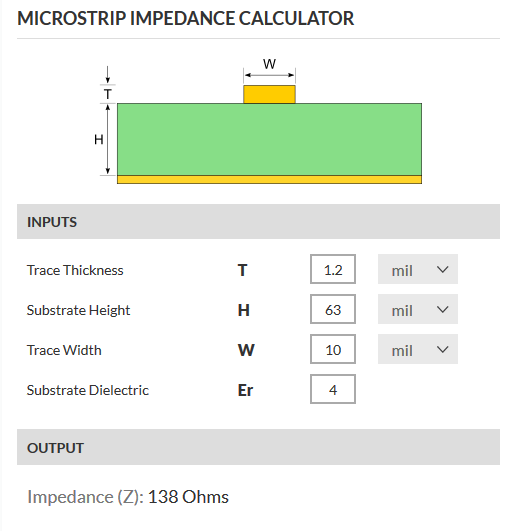Suppose I have a PCB trace that needs to be impedance matched, but the trace width changes as it travels from its source to its destination. Something like this:

The 5mil trace would have a certain characteristic impedance, whereas the 10mil trace would have another impedance. How do these two different impedances combine? Asked differently, what is the equivalent impedance of this trace?




